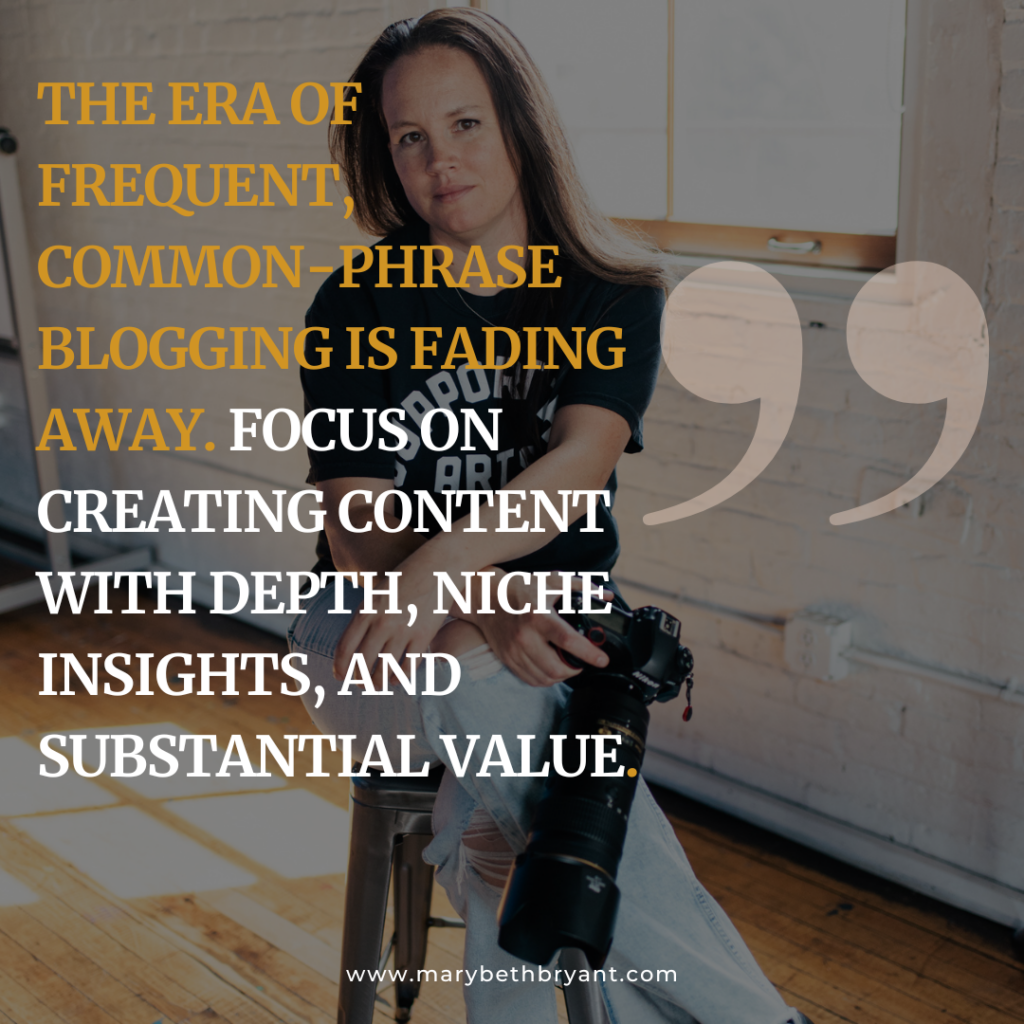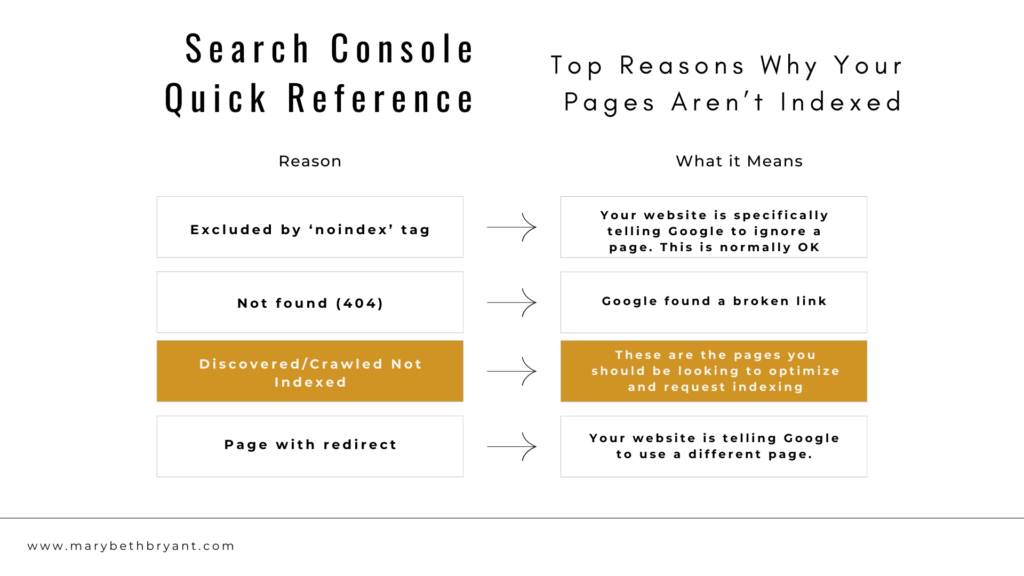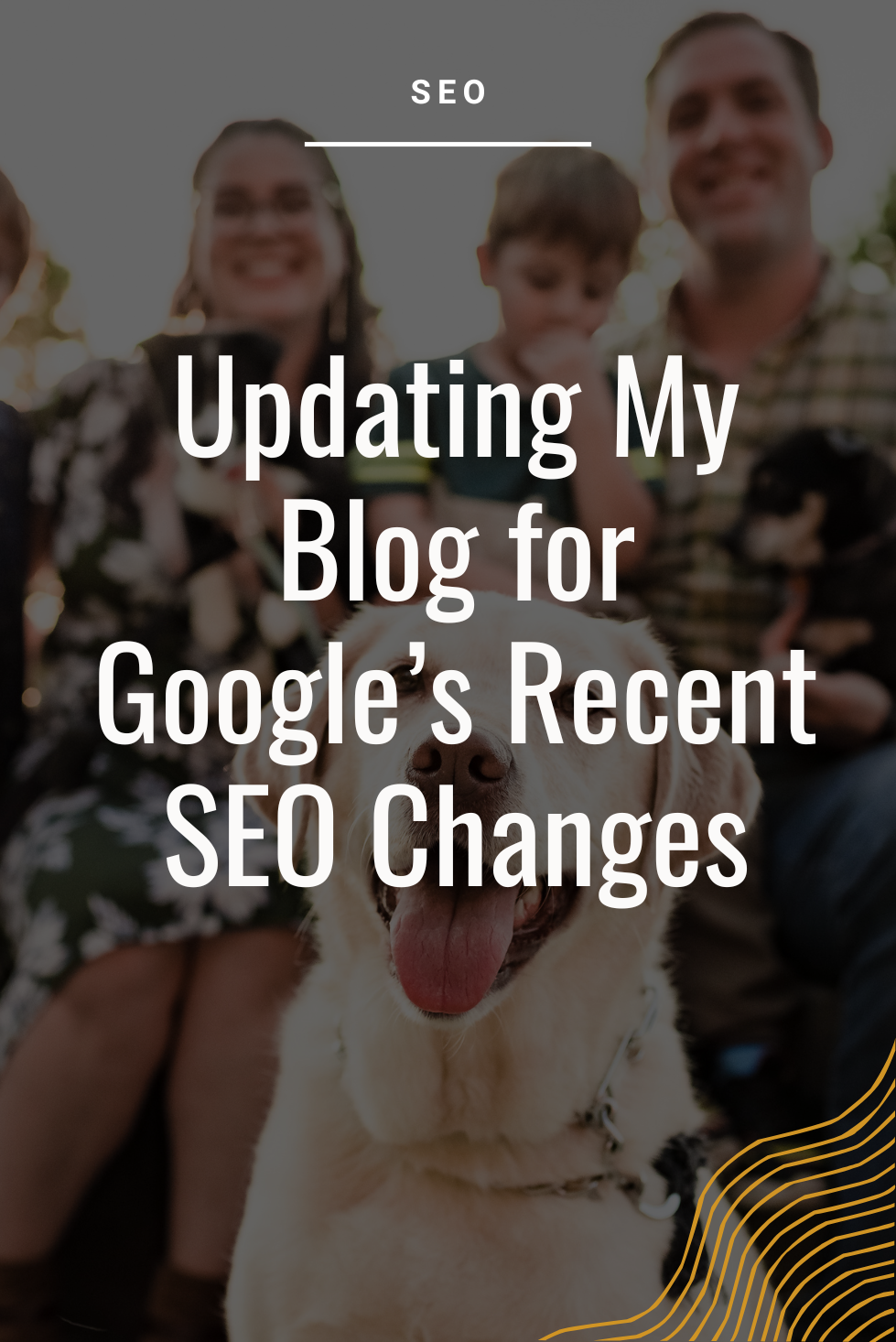As artists, we can use blogs as an extension of our storytelling, but they are more than that. When we blog for SEO, it becomes pivotal in connecting with our audience and expanding our reach. But serious question: Do you have a plan for your blog that utilizes the latest Google updates and considers the new AI SERP?
If not, or you’re experiencing lackluster results with your photography blog, this post is for you.
Historically, blogging on popular topics like “What to Wear for a Photo Shoot” has boosted our SEO rankings, helping potential clients discover our amazingness. But as the SEO landscape shifts with Google’s latest updates including their AI automated result, it’s critical to adapt.
These changes directly impact how visible our work is online and, consequently, our business’s success. Embracing this evolution isn’t about keeping up; it’s about seizing an opportunity to stand out and connect more effectively with those searching for exactly what you offer.
Rethinking Your Blog Strategy for the New SEO Era
The old approach of frequent, common-phrase posts is becoming obsolete as Google rewards content that offers niche perspectives, deep dives, and meaningful insights. This change emphasizes the need for quality over quantity, evaluating each post’s ability to engage and inform. Furthermore, judge whether what you’re writing is backed by expertise and experience or a repeat of what anyone can easily find on the internet on multiple sites.

Without adapting your blogging strategy, you risk diminishing your online presence, making it harder for new clients to find your work.
BTW, you read that right… cranking out blogs in mass every month is no longer the gold standard. So, take a breath as we acknowledge that mass content blogs are behind us (where they belong).
“In the changing world of SEO, less can indeed be more. Focusing on depth and niche takes with your content can lead to BIG improvements in visibility and engagement.”
Utilizing Google Search Console To Guide Your SEO Blogging Plan
Understanding which pages are indexed by Google is crucial to effectively adapting your SEO strategy. Go no further until you have Search Console turned on and telling you the answers to the test.
Google Search Console offers a behind-the-scenes look at your site’s performance, helping you identify which pages Google is Indexing and which it’s choosing to hold back from the internet. This tool is essential for aligning your SEO blog plan with Google’s current standards. Log into Search Console every month and check out your indexed pages. Which blogs aren’t being indexed that you really want out there and what’s content you probably should get rid of?
*Indexed pages just mean Google is saying “Yes, this page can show up on Google Search Results”. Non-indexed means, for some reason, it’s not allowing it to populate. To find which pages Google just doesn’t see as valid (yet) look at Discovered But Indexed or Crawled but not indexed. For specific examples of this, there is a guide at the bottom.
If you opt to remove content, be sure to address any resulting broken links.

Case Study: Bouncing back after a drop in SEO
I want to talk about a photographer I recently worked with whose blog visibility plummeted due to changes in Google’s indexing practices. Once boasting over 150 indexed blog posts, she suddenly found herself with fewer than 20 almost overnight. While yes this gave us an immediate panic, we were able to fix this by implementing a blog plan for the updated SEO best practices.
Strategy and Execution
We delved into her blog’s analytics via Google Search Console on the non-indexed pages to identify posts that needed enhancement or pruning to meet the latest SEO practices. Many we decided we needed to keep, but a few truly were old posts that needed to go. Our focused approach wasn’t just about cutting content but strategically improving it to offer a more niche answer or a deeper dive while also remembering the building block to good SEO optimization.
New Content
We identified opportunities for 3 new blog posts that were in-depth guides. These posts were longer, more thought-out, and linked back to 3-5 older blogs all on the same subject. Think “The Ultimate Guide To Including Dogs in Every Photoshoot.” Then, link to Dogs in family photos, including dogs in Newborn photos, etc.
Results
The impact was clear: within just 45 days, Google re-indexed 50 of her previously overlooked blogs, and her newly optimized posts began to perform well. This success demonstrates how targeted, holistic SEO strategies can lead to substantial improvements in search engine visibility.
Checklist: Adapting Your Blog Plan for Changing SEO Best Practices
- Audit Your Existing Content: Use Google Search Console to determine what’s indexed and what’s not. You should ALWAYS start here.
- Prioritize Depth Over Frequency: Shift focus to creating fewer, more detailed posts rather than many shallow ones.
- Explore Unique Angles: Tackle niche topics that provide fresh insights to old questions.
- Enhance Internal Linking: Connect related articles to improve navigation and boost SEO. While this isn’t a new idea, it is even more important.
- Pay Attention: Notice how Google AI SERP is answering your common questions and think about what you can add.
A little note – The building blocks for good SEO optimization haven’t really changed; this is sort of a new direction or an extra layer. If you’re looking for blog optimization basics, download that here before you tackle this.
As AI evolves our online experience, our strategies for connecting with our people online must as well. By focusing on creating unique content backed by your brand of superpower awesomeness (aka expertise), you can ensure your blog not only survives but thrives.
This approach not only enhances your digital footprint but also strengthens your connections with your audience, positioning you as a knowledgeable, trusted guide in their photographic journey.
Want more examples of how to enhance your blogging plan to stay ahead of the changes? Download our comprehensive guide and worksheet designed to help you craft a personalized SEO blogging plan. Start building a more effective, impactful strategy today.
